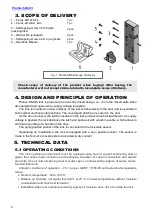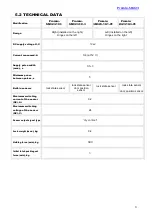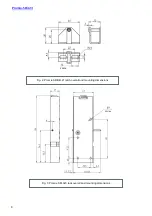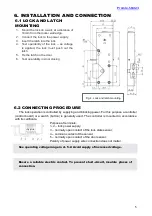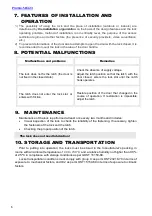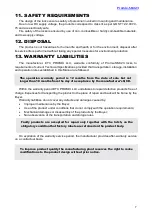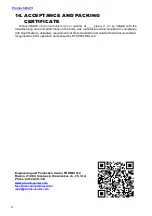
6
The lock does not need lubrication!
7.
FEATURES OF INSTALLATION AND
OPERATION
1) The possibility of using the lock and the place of installation (outdoors or indoors) are
determined by
the
installation
organization
on the basis of the design features and the lock
operating principle, method of installation, room criticality level, the purpose of the access
restriction regime and other factors (the presence of security providers, video surveillance,
etc.).
2) To prevent deformations of the door due to attempts to open the door with the lock closed, it is
recommended to mount the lock in the area of the door handle.
8.
POTENTIAL MALFUNCTIONS
Malfunctions and problems
Remedies
The lock does not fix the latch (the door is
not fixed in the closed state).
Check the absence of supply voltage.
Adjust the latch position so that the latch, with the
door closed, enters the lock slot until the catch
hook operates.
The latch does not enter the lock slot, or
enters with friction.
Restore position of the door that changed in the
course of operation. If restoration is impossible,
adjust the latch.
9.
MAINTENANCE
Maintenance of the lock is performed at least once every two months and includes:
Visual inspection of the lock to check the reliability of the fastening. If necessary, tighten
the fasteners of the lock and the latch.
Checking the proper position of the latch.
10.
STORAGE AND TRANSPORTATION
Prior to putting into operation, the locks must be stored in the manufacturer’s packing, in
rooms with an ambient temperature
of -30 to +50
°С
and a relative humidity not higher than 98 %
at 25
ºС in compliance with storage conditions as per GOST 15150-69.
Locks transportation conditions must comply with group C as per GOST 23216-78 in terms of
exposure to mechanical factors, and Ж2 as per GOST 15150-69 in terms of exposure to climatic
factors.


